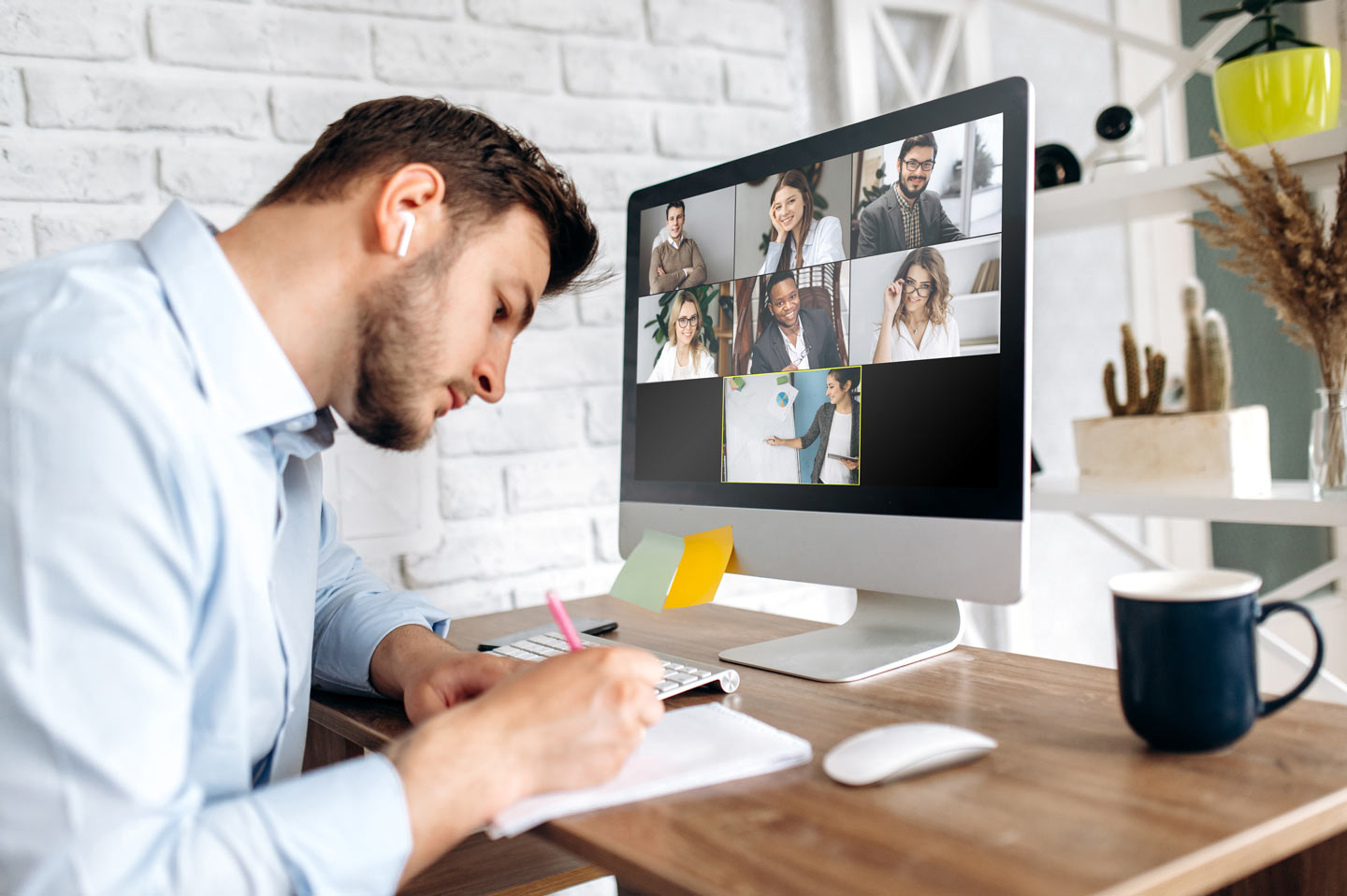Additional Resources
Check out this helpful collection of resources and links to do with Hybrid Design and Delivery from Algonquin College.

Here’s a helpful list of tips for teachers who are developing a course where lessons will be delivered using some combination of synchronous and asynchronous delivery:
Consider “flipping the classroom” by presenting the core learning content to learners first, during their asynchronous learning time, so that you can spend more time in class interacting and working with learners on mastering, applying or demonstrating what they are learning. This approach increases engagement, peer instruction, and opportunities for you to assess learner learning and apply low-stakes feedback. If this idea intrigues you, check out this helpful webpage on Flipped Learning from the University of Texas.
Encourage learner-to-instructor and learner-to-learner interaction during the live sessions.
Consider shorter live sessions interspersed with other class activities (i.e., active learning exercises like breakout rooms).
Be sure to form connections between asynchronous and synchronous learning by referring to what they learned asynchronously, and assigning preparation activities during asynchronous learning which you will take up in the live session. One great strategy to consider is to use the asynchronous content to set up “intellectual cliff-hangers”—challenging problems with no obvious answer—and invite learners to attend the live session to learn the answer.
Check out this helpful collection of resources and links to do with Hybrid Design and Delivery from Algonquin College.

PC: Kate Kultsevych / Shutterstock